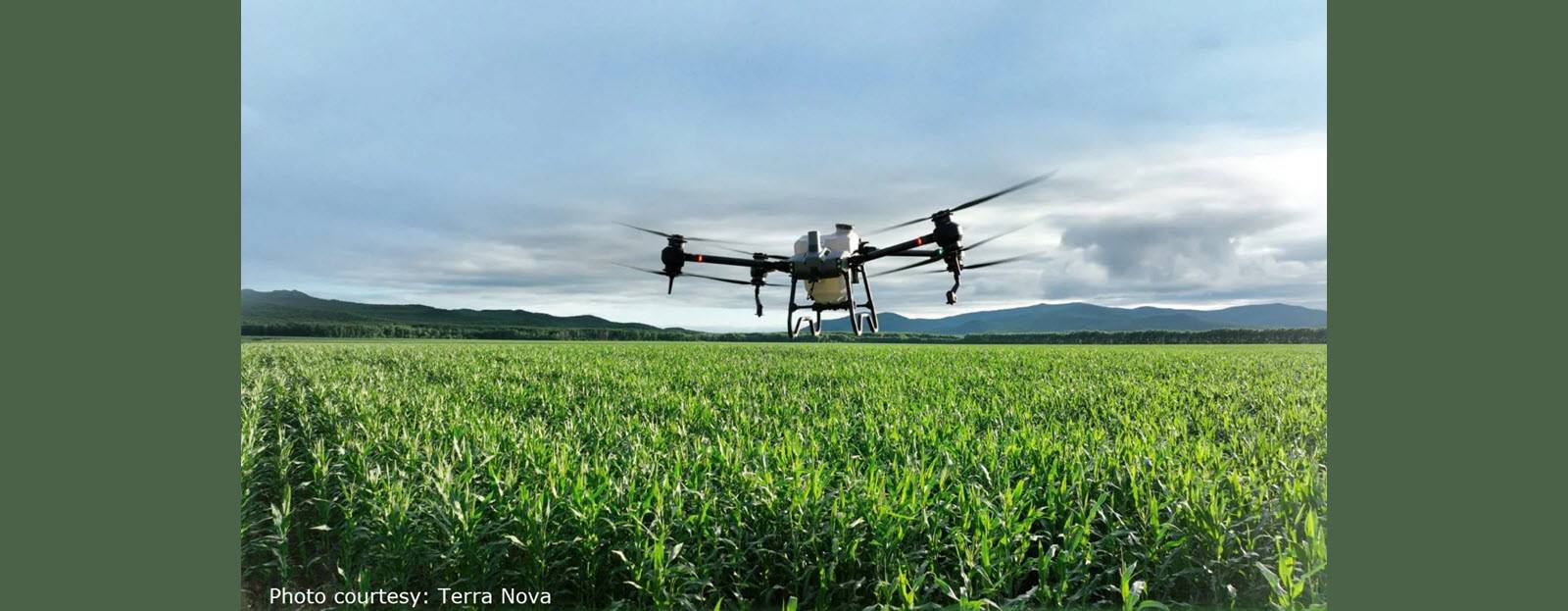
There’s a vital update on the use of Remotely Piloted Aircraft Systems (RPAS)—commonly known as drones—for pesticide application. Staying updated with regulations ensures that our farming processes remain efficient and legal.
Here are the key points of the recent changes:
- Label Indications Matter: First, check the product label to see if you’re considering drones for pesticides. The green light is given only if it mentions “Remotely Piloted Aircraft Systems” or “RPAS”. Any product lacking these terms on its label means drones are a no-go under the Pest Control Products Act.
- Awaiting Drone-Specific Data: The Pest Management Regulatory Agency (PMRA) has yet to receive data on using drones for pesticides, which requires a unique drone assessment. So, before jumping the gun, it’s important to wait for clarity on this aspect.
- Inclusion on Pesticide Label: Without the required data and proper assessment, drones will not soon be mentioned on a pesticide label. It’s vital to stay informed and avoid any premature adaptations.
Taking the initiative – Interested in pioneering this method? Collaborate with registrants. They’ll need to present an amendment application to the PMRA, coupled with adequate data detailing the risks and hazards of this application method.
As technology continues to advance, integrating it into agriculture requires due diligence. This updated guideline is a step towards ensuring that we embrace modern techniques responsibly and safely.

